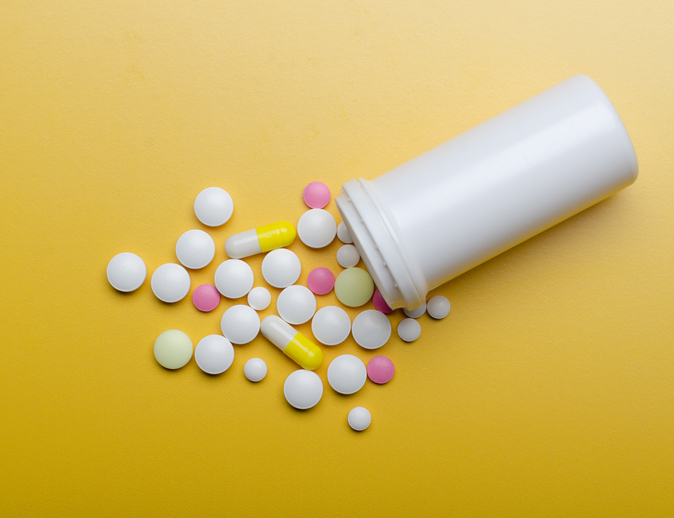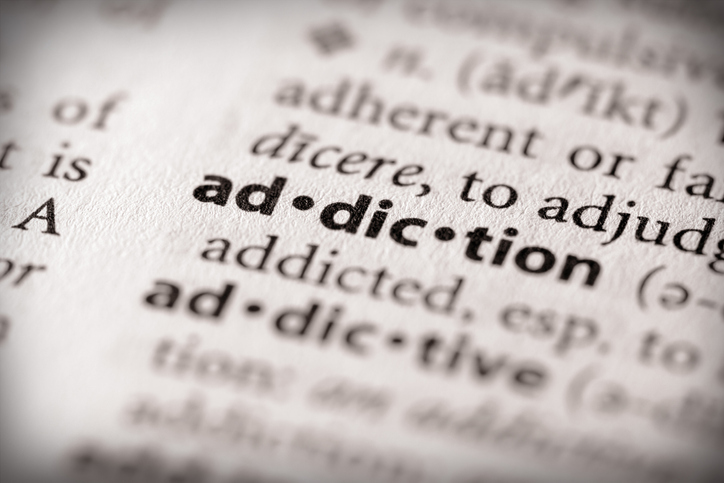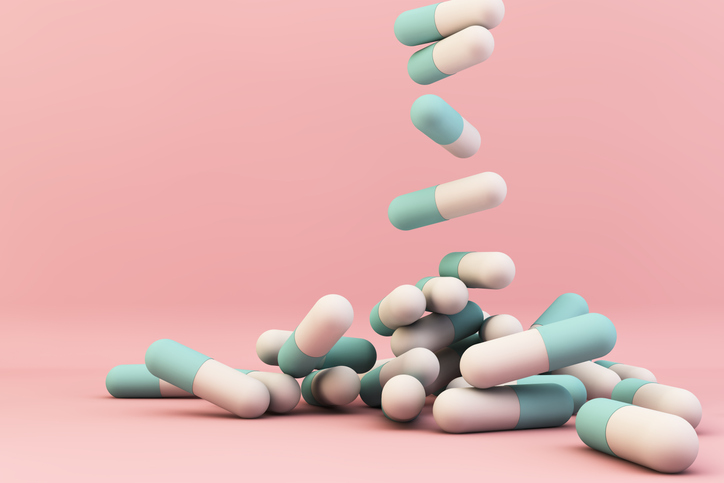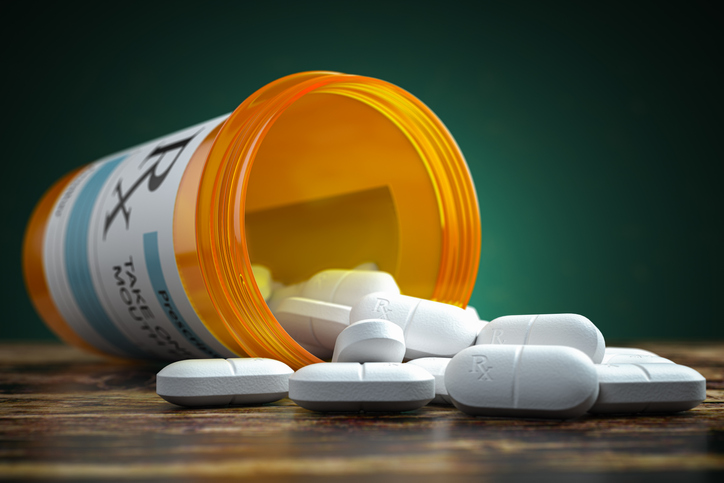Opioid Epidemic
What Is Opioid Use Disorder?

Opioid use disorder (OUD) is a problematic pattern of opioid use. It involves a combination of opioid dependence and addiction or misuse. OUD interferes with daily life and causes significant impairment and distress.
Opioid use disorder is generally chronic and lifelong. It can lead to serious complications, including overdose or death. However, medications and support programs can help with recovery from OUD.
What are the signs and symptoms of opioid use disorder?
Signs and symptoms of opioid use disorder include the following:
- Taking larger amounts of opioids than prescribed or intended
- Experiencing cravings or strong urges to use opioids
- Experiencing tolerance (needing a higher dosage of opioids in order to experience the same effects)
- Continuing use of opioids despite negative effects on relationships, school or work responsibilities, or other activities
- Experiencing weight loss, changes in sleep habits, or frequent flu-like symptoms
- Continuing use of opioids despite physical or psychological problems that are caused or worsened by opioids
- Using opioids in unsafe locations or situations
- Experiencing withdrawal symptoms such as chills, sweating, cramps, pain, anxiety, insomnia, nausea, vomiting or diarrhea
What causes opioid use disorder?
Opioid use disorder is thought to be caused by several factors, including biological, environmental and genetic factors. For example, individuals who are low in certain neurotransmitters such as dopamine may seek external ways to feel better. Genetics may also play a role. Environmental factors, such as peer relationships, may also contribute to the disorder.
Who is at risk for developing opioid use disorder?
Anyone can develop opioid use disorder, but certain factors increase the risk for developing the disorder. These factors include the following:
- A relative with a substance abuse disorder
- A history of depression, anxiety, or post-traumatic stress disorder
- A history of childhood trauma or abuse
- Easy access to opioids from a physician, family member, or friend
- Male gender
- Between the ages of 20 and 50
Additional resource: American Psychiatric Association

















